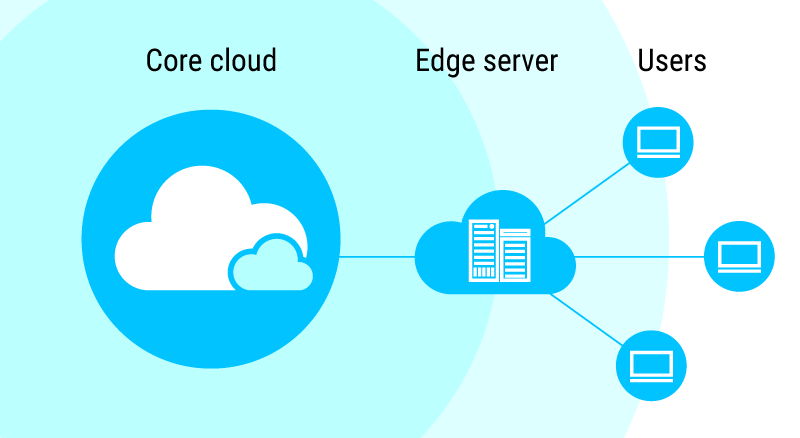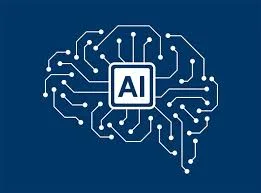Edge Computing
Edge Computing is a computing infrastructure with a distributed architecture, as opposed to centralized structures such as old-fashioned data center or cloud, which has developed with the spread of applications that produce more data, especially the Internet of Things (Internet of Things or IOT). In other words, instead of sending all data to the cloud or data center in another continent, it means that computation, analysis and data storage processes are carried out with the infrastructure located close to the source that creates the data. Although it may not seem like a viable architecture at first glance, considering the data size you have created in the current situation and the traffic between you and the data center, it may be suitable for companies that produce very large data and are expected to constantly increase this data in size.
Although it looks quite different architecturally when compared to classical architectures, the advantages of this type of architecture may make sense to you when you consider the conditions at hand.
To list the advantages:
- Low Latency: The greater the distance between the source that creates the data and the data center (or cloud) where the data are stored/processed, the latency between them is expected to increase. Since Edge Computing reduces this distance, a reduction in latency is expected, which will be particularly important for real-time operations.
- Bandwidth: Instead of sending all data to a single data center, sending data to a distributed architecture will provide advantages in terms of bandwidth and speed.
- Security: One of the most important issues of today, perhaps the most important, is security. Cyber attacks are increasing day by day and all companies, regardless of their scale, are now affected by these attacks. A centralized infrastructure is more vulnerable to cyber attacks or disruptions due to technical failures, while a distributed architecture distributes these risks. Of course, we should not forget that this decentralized architecture also has many points and traffic to be controlled.
I mentioned above that this type of architecture is not suitable for every company, of course, it is also useful to specify for whom it is suitable or where it is used. The ancestor of edge computing applications is Content Delivery Networks ( CDN), which has been in our lives for many years. CDN is a set of servers in different geographical regions that deliver a website and content to users in the fastest way. In addition, it should be noted that the Cloud is also used in games and autonomous vehicles. Of course, it is also used for Industry 4.0 applications that produce high volumes of data.



